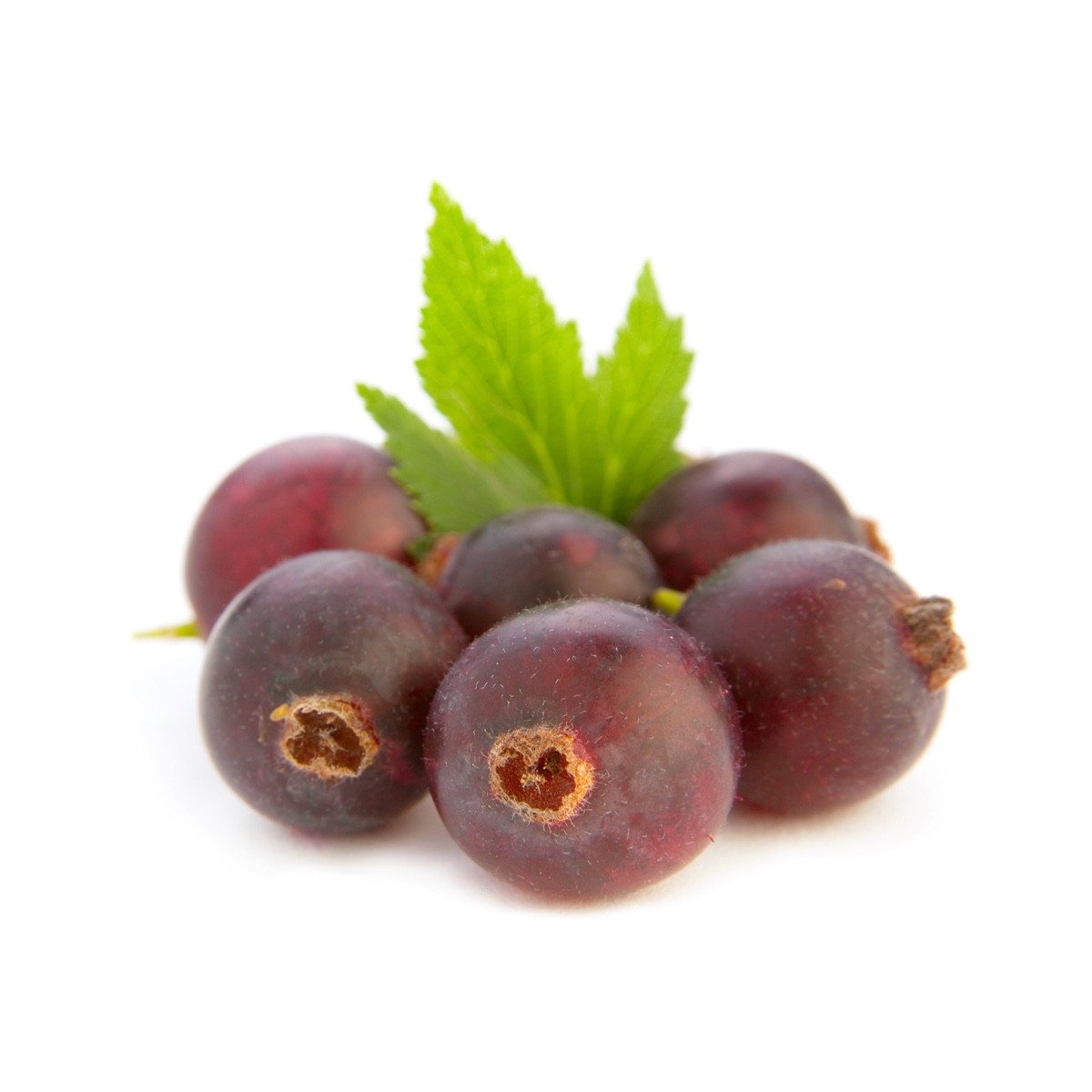Jostaberry

Jostaberry
Ribes x nidigrolaria
Plant family
Gooseberry family (Grossulariaceae)
Season Overview
Planting
Harvest
Harvest
J
F
M
A
M
J
J
A
S
O
N
D
1ST YEAR
FOLLOWING YEARS
Details
Light requirement
Sunny
Water requirement
Dry
Soil
Medium (loamy)
Nutrient requirement
Low
Plant distance
200 cm
Row spacing
200 cm
Seeding depth
25 cm
Instructions
Description
The jostaberry is a cross between the currant and the gooseberry, which is where its name comes from. From a botanical point of view, it belongs to the gooseberry family (Grossulariaceae). The growth is thornless, fast and spreading and the shrub can grow up to 2 m/2.2 yd wide and high. The black-purple fruits are intermediate in size between currants and gooseberries, are sweeter than currants, but have a slight acidity with currant flavor. It is a self-pollinator. Hardy, diseases and pests rarely occur. Also called bastard currant, rigatze, yokeberry or joglberry.
Origin:
Central Europe
Growing tips
Thrives very well in heavy garden soil in partial shade. A sheltered location can provide better protection from late frosts if the fruit sets early. In the fall, the purchased shrub is planted as deep in the soil as it was in the pot. The distance in the row should ideally be between 2.5-3 m/2.7 yd-3.3 yd. Tying the shrub can protect it from wind damage. Mulching can keep the moisture in the soil better and protect against weeds. Can be fertilized a little in spring and autumn. Is not pruned annually, but only thinned out from time to time. If pruned, it is best done after the harvest. Can be propagated by cuttings or suckers. Only needs to be watered on hot days. Avoid waterlogging.
Antagonistic Plants
No antagonistic plants
Diseases
Powdery mildews
Pests
Caterpillars
Gall mites
Aphids